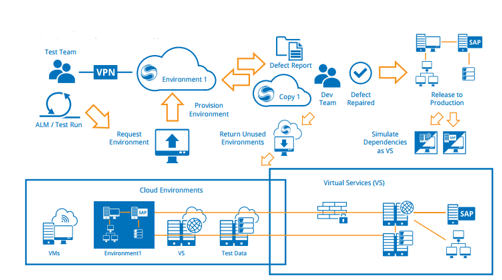

#Sqlectron cloud azure db manual
The single database option supports manual dynamic scalability, but not autoscale. Autoscale is when a service scales automatically based on criteria, whereas dynamic scalability allows for manual scaling without downtime. You pay for only the resources that you need when you need them.ĭynamic scalability is different from autoscale. Dynamic scalability enables your database to transparently respond to rapidly changing resource requirements.

You can adjust performance without downtime to your app or to your customers. You can then change its service tier manually or programmatically at any time to the Business Critical or Hyperscale service tier, to meet the needs of your solution.

You can build your first app on a small, single database at a low cost per month in the General Purpose service tier. This option also gives you the ability to dynamically scale elastic pool resources up and down. You can create a new database, or move the existing single databases into a resource pool to maximize the use of resources and save money.

These capabilities allow you to focus on rapid app development and accelerating your time-to-market, rather than on managing virtual machines and infrastructure. It provides dynamic scalability with no downtime, built-in intelligent optimization, global scalability and availability, and advanced security options. SQL Database delivers predictable performance with multiple resource types, service tiers, and compute sizes. To understand the feature differences between SQL Database, SQL Server, and Azure SQL Managed Instance, as well as the differences among different Azure SQL Database options, see SQL Database features. If you're new to Azure SQL Database, check out the Azure SQL Database Overview video from our in-depth Azure SQL video series: You don't have to manage the underlying infrastructure. Microsoft handles all patching and updating of the SQL and operating system code. SQL Database is a fully managed service that has built-in high availability, backups, and other common maintenance operations. SQL Database enables you to easily define and scale performance within two different purchasing models: a vCore-based purchasing model and a DTU-based purchasing model. You get the newest SQL Server capabilities with no overhead for patching or upgrading, tested across millions of databases. In fact, the newest capabilities of SQL Server are released first to SQL Database, and then to SQL Server itself. You can use advanced query processing features, such as high-performance in-memory technologies and intelligent query processing. SQL Database can be the right choice for a variety of modern cloud applications because it enables you to process both relational data and non-relational structures, such as graphs, JSON, spatial, and XML.Īzure SQL Database is based on the latest stable version of the Microsoft SQL Server database engine. With Azure SQL Database, you can create a highly available and high-performance data storage layer for the applications and solutions in Azure. PaaS capabilities built into Azure SQL Database enable you to focus on the domain-specific database administration and optimization activities that are critical for your business. Azure SQL Database is always running on the latest stable version of the SQL Server database engine and patched OS with 99.99% availability. Azure SQL Database is a fully managed platform as a service (PaaS) database engine that handles most of the database management functions such as upgrading, patching, backups, and monitoring without user involvement.


 0 kommentar(er)
0 kommentar(er)
